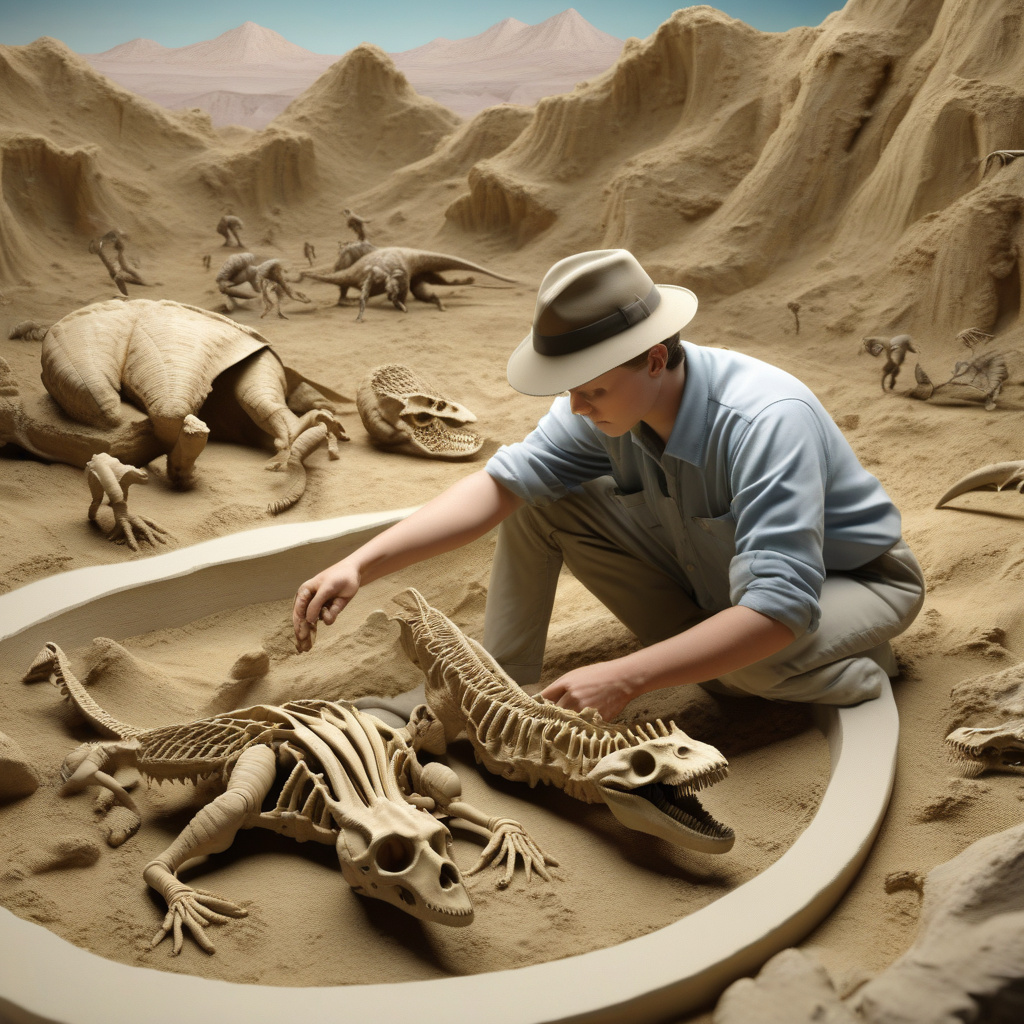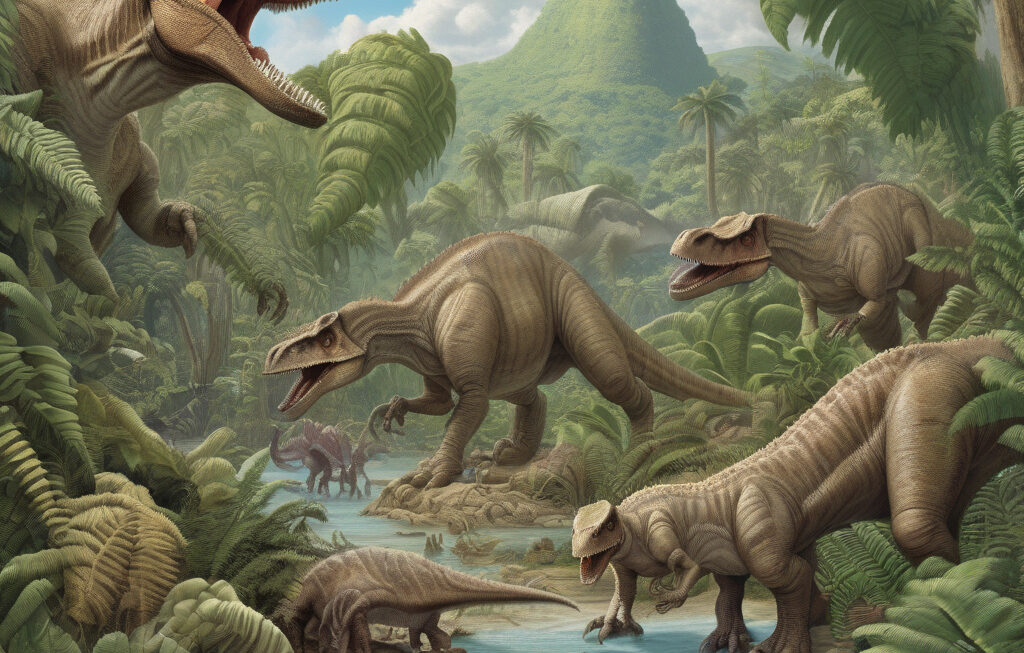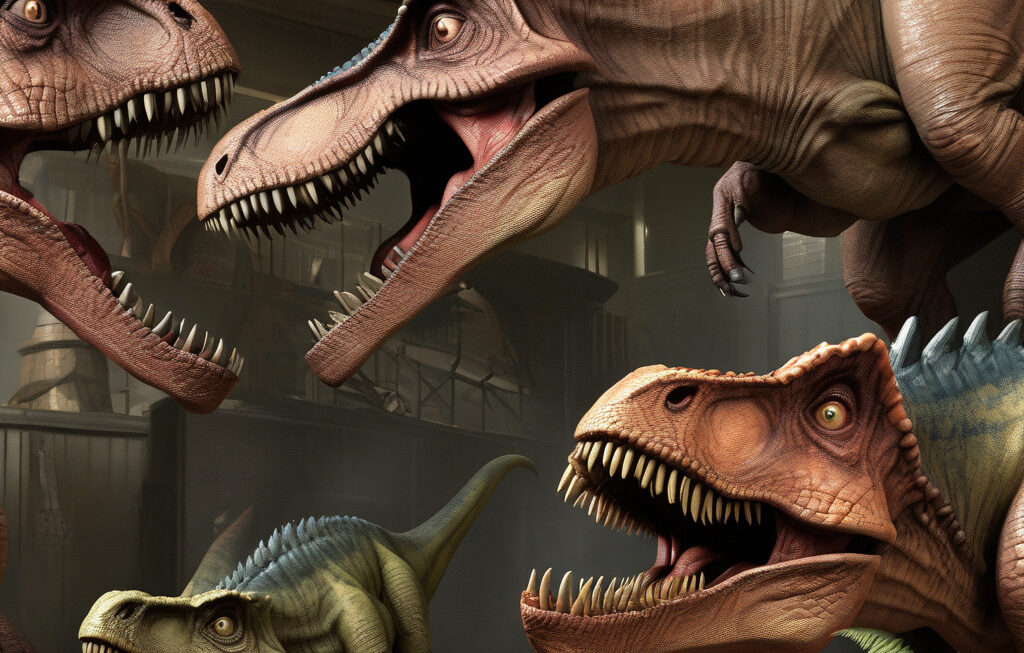Dinosaur-era flying reptile’s fossil reveals first direct evidence of plant diet
A recent fossil discovery is offering new insights into what pterosaurs actually ate, challenging long-held beliefs about these ancient flying reptiles. The study, published in the journal Current Biology, unveils the first direct evidence of a plant-based diet in a pterosaur species, known as Guidraco venator. This finding is a significant breakthrough in our understanding of pterosaur feeding habits and sheds light on the ecological roles these creatures played during the dinosaur era.
Pterosaurs, often referred to as pterodactyls, were flying reptiles that lived alongside dinosaurs during the Mesozoic Era, approximately 210 to 65 million years ago. Despite their iconic status in popular culture, much of what we know about pterosaurs comes from their skeletal remains, leaving their dietary preferences largely speculative. However, the discovery of fossilized food remains in the belly area of a G. venator specimen provides concrete evidence that at least some pterosaurs were herbivores.
The fossilized plant material found in the pterosaur’s stomach is remarkably well-preserved, offering researchers a rare glimpse into the creature’s last meal. By analyzing the microscopic structure of the plant tissues, scientists were able to identify the remains as belonging to a group of seed ferns known as cycads. This discovery challenges previous assumptions that all pterosaurs were carnivorous or piscivorous, feeding primarily on fish.
The implications of this finding are far-reaching. It suggests that the ecological diversity of pterosaurs was greater than previously thought, with some species occupying herbivorous niches in prehistoric ecosystems. This new information prompts a reevaluation of pterosaur behavior, feeding strategies, and interactions with their environment. It also raises questions about the coevolution of pterosaurs and plants, highlighting the intricate relationships that shaped ancient ecosystems.
Furthermore, the discovery of a plant-based diet in G. venator has broader implications for our understanding of vertebrate evolution. It provides a rare example of herbivory in a flying reptile, expanding our knowledge of the dietary adaptations that occurred in different lineages throughout history. By examining the feeding habits of pterosaurs, researchers can gain valuable insights into the factors that drove dietary specialization and niche differentiation in prehistoric animals.
Overall, the revelation of a plant-eating pterosaur challenges traditional views of these creatures and underscores the importance of continued research and discovery in paleontology. As technology advances and new fossil finds come to light, our understanding of ancient life forms will undoubtedly continue to evolve, reshaping our perceptions of the past and the natural world.
In conclusion, the fossilized evidence of a plant diet in G. venator represents a groundbreaking discovery that enriches our knowledge of pterosaurs and their place in prehistoric ecosystems. By uncovering the dietary diversity of these fascinating flying reptiles, scientists are painting a more nuanced picture of Mesozoic biodiversity and the complex web of life that existed millions of years ago.
pterosaurs, herbivores, Mesozoic Era, paleontology, dietary evolution












